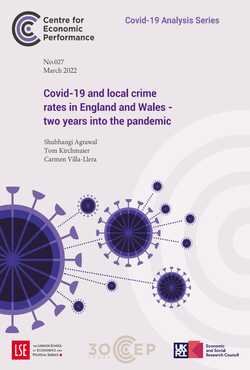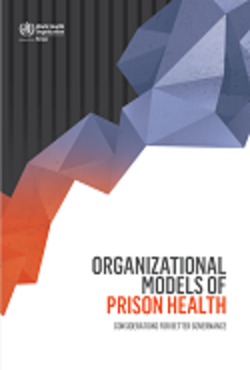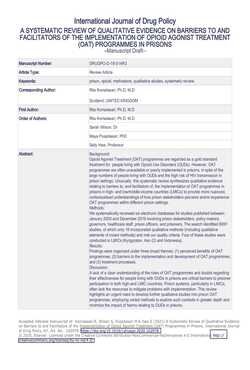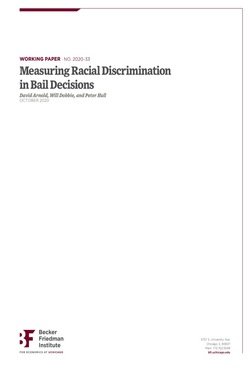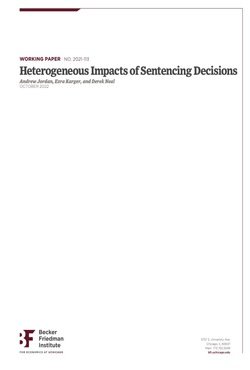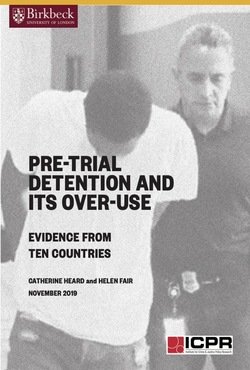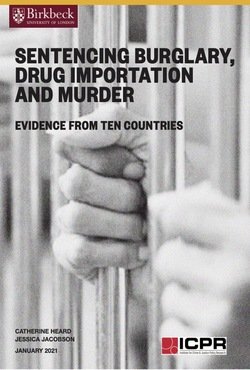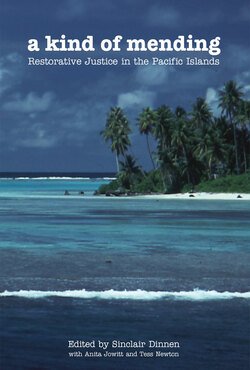By Shubhangi Agrawal, Tom Kirchmaier and Carmen Villa-Llera
We analyse how crime trends evolved during the Covid-19 pandemic. Police have recorded fewer crimes overall during the pandemic, but a larger share of these are serious offences (such as violence). Note: these records exclude cybercrime. Violent crimes, which have been on the rise since 2014, remain at very high levels and did not decrease because of the pandemic. Public order offences (incidents in which offenders cause public fear, alarm, or distress) were on the rise pre-pandemic, and the trend has accelerated since Covid began. Except for online fraud, acquisitive offences - in which criminals obtain a material gain, such as burglary or theft - are now less common than pre-Covid. During national lockdowns, local acquisitive crimes decreased dramatically. Once lockdowns were lifted, the rate remained very low (especially for shoplifting and robbery). This trend is likely to remain, as more people work from home and shop online. During months of national lockdowns, the number of anti-social behaviour and drug offences went up, but quickly returned to pre-pandemic levels once lockdowns ended. The pandemic has not decreased crimes uniformly. Some areas (37 per cent) had more crimes in 2021 than during the same period in 2019. Unemployment and lower educational attainment appear to be key characteristics of areas that had higher crimes in 2021.
London: London School of Economics, Centre for Economic Performance, 2022. 26p.

